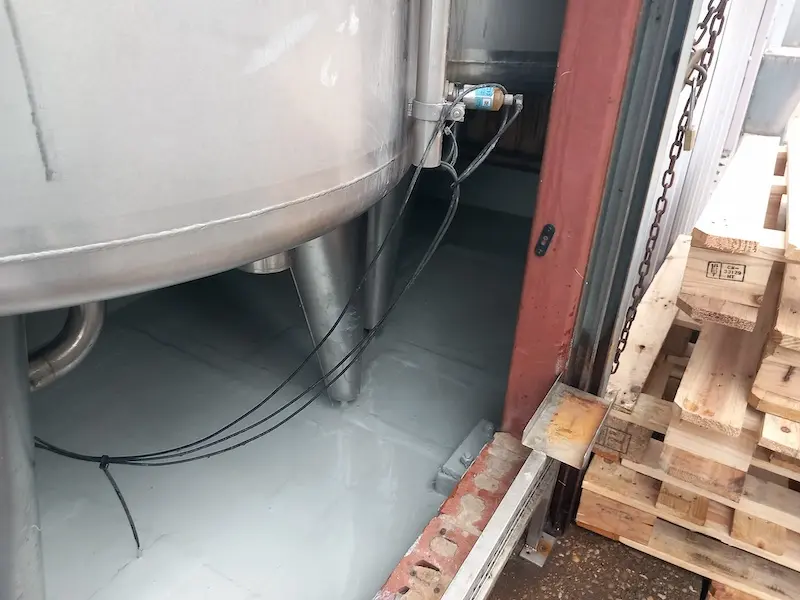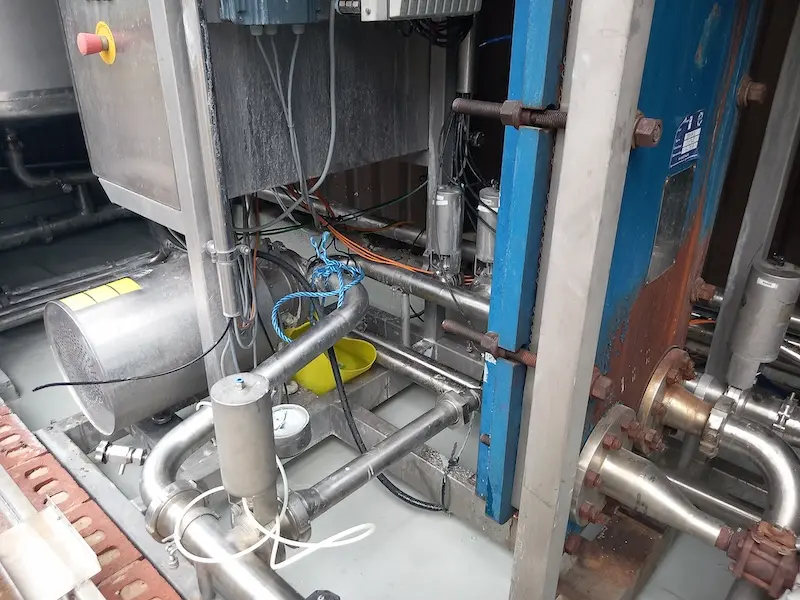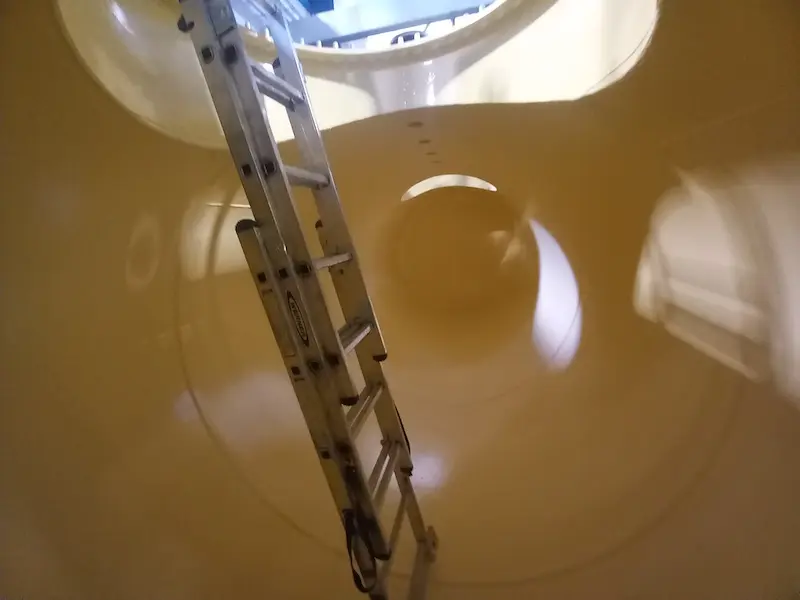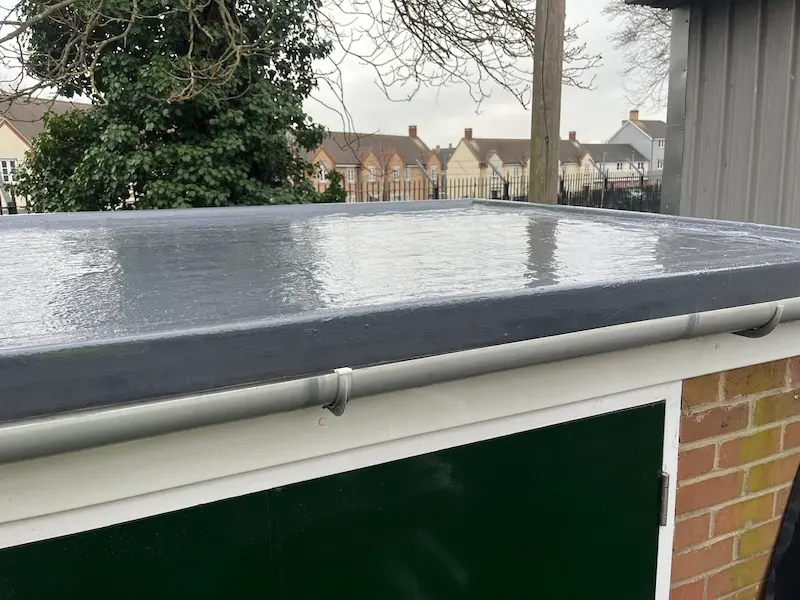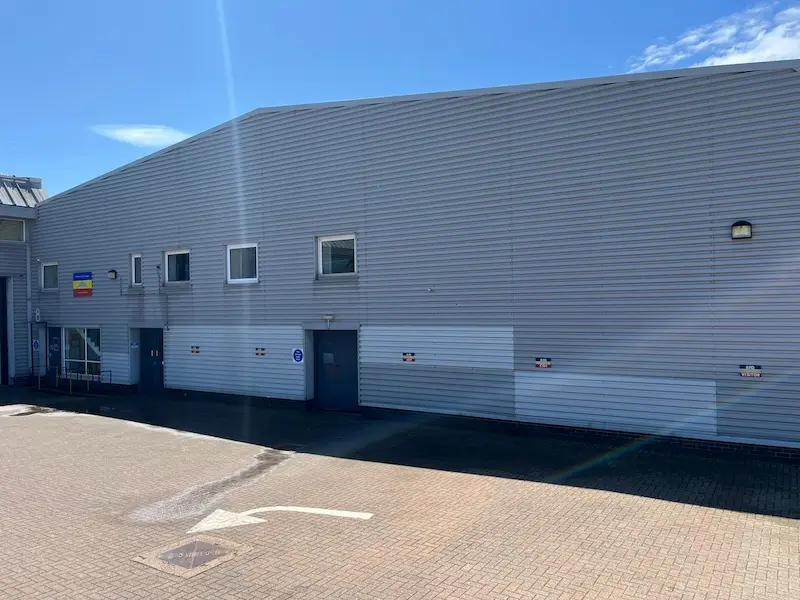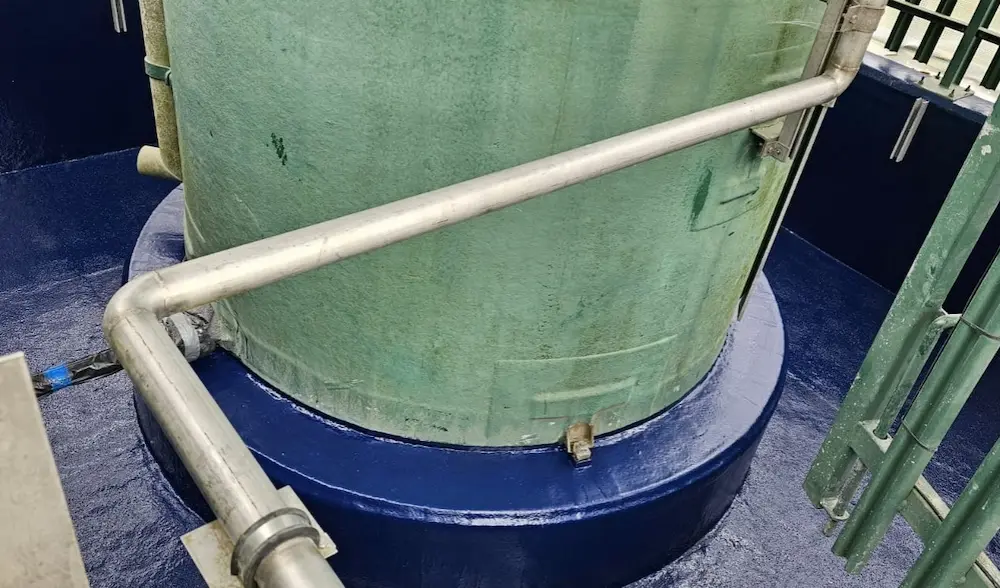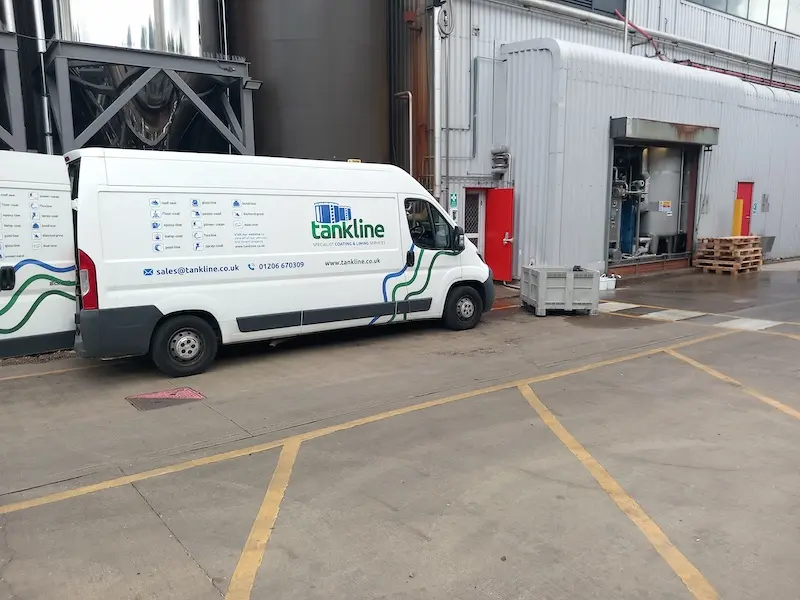Tankline was commissioned to install our Epoxy-Line system to two new steel tanks built to US military specification. The project called for a high-performance lining system — Interline 984, applied in two coats at a total dry film thickness (DFT) of 600 microns. All works were carried out on the client’s premises, where we had access to their in-house blasting and spraying facilities.
Surface Preparation
We began by grit blasting the internal surfaces to SA2.5 white metal standard using our Blast-Clean equipment. All residual grit was carefully removed, and the tanks were vacuumed to ensure a clean, dust-free blast profile.
Surface profile readings were taken using the Elcometer 224 and recorded in our quality control documentation, with photographic evidence logged for traceability.
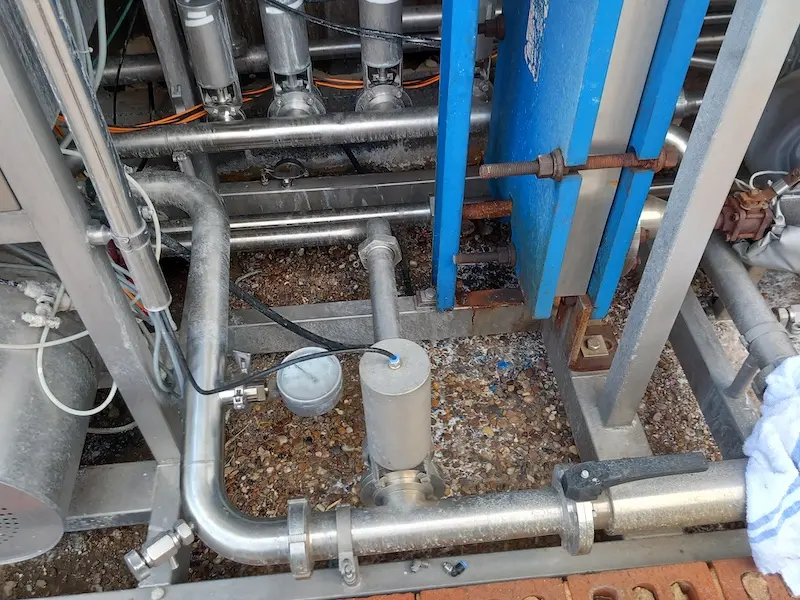
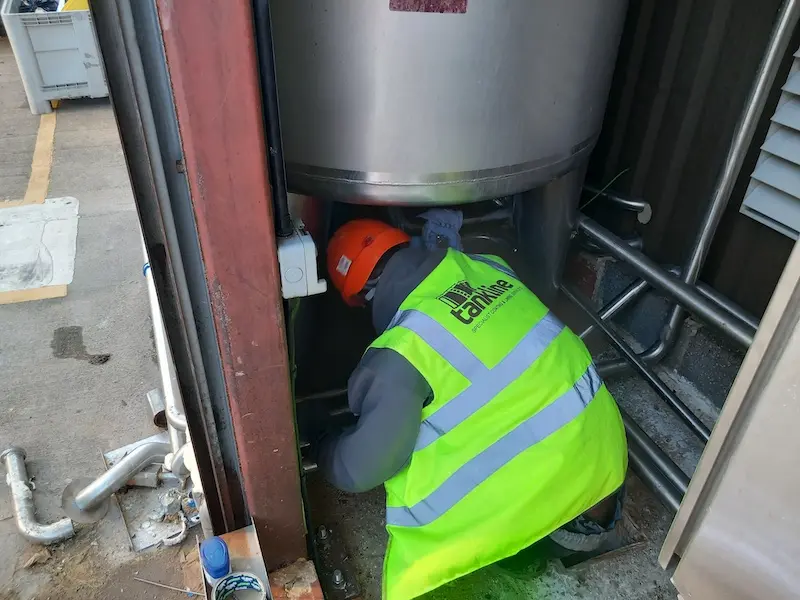
Application of Interline 984 – First Coat
We proceeded with installation of the Epoxy-Line system using Interline 984, a 100% solids lining material. All batch numbers were recorded for quality assurance. Before spraying, climatic conditions were checked using our Elcometer 319, with results recorded and photographed. Due to the viscosity of the material, we used a 70:1 Graco King sprayer — capable of atomising the high-solids epoxy without the need for heating, which can reduce pot life.
Our applicator was fully suited in Type 6 disposable coveralls, chemical-resistant gloves, boot covers, and a clean-air respirator. A test area was first sprayed and assessed using a wet film thickness gauge to confirm we were achieving a minimum of 300 microns. Once the first coat was applied, we allowed it to reach hard dry condition. DFT checks were performed using the Elcometer 456, and results were logged and photographed.


Application of Stripe Coat
To address critical areas such as welds and internal corners, a stripe coat of Interline 984 was brush-applied. This step is essential for achieving full coverage, as spray application alone often leaves thin areas in complex geometries.
Second Coat & Final QA Checks
Before applying the second coat, fresh batch numbers were recorded and another set of climatic condition checks performed. The second coat was applied following the same method as the first. Once cured, final DFT readings were taken and logged. A holiday test was then conducted to detect any pinholes or voids in the lining. Any defects identified were photographed, recorded, and carefully touched up using Interline 984 applied by brush.
